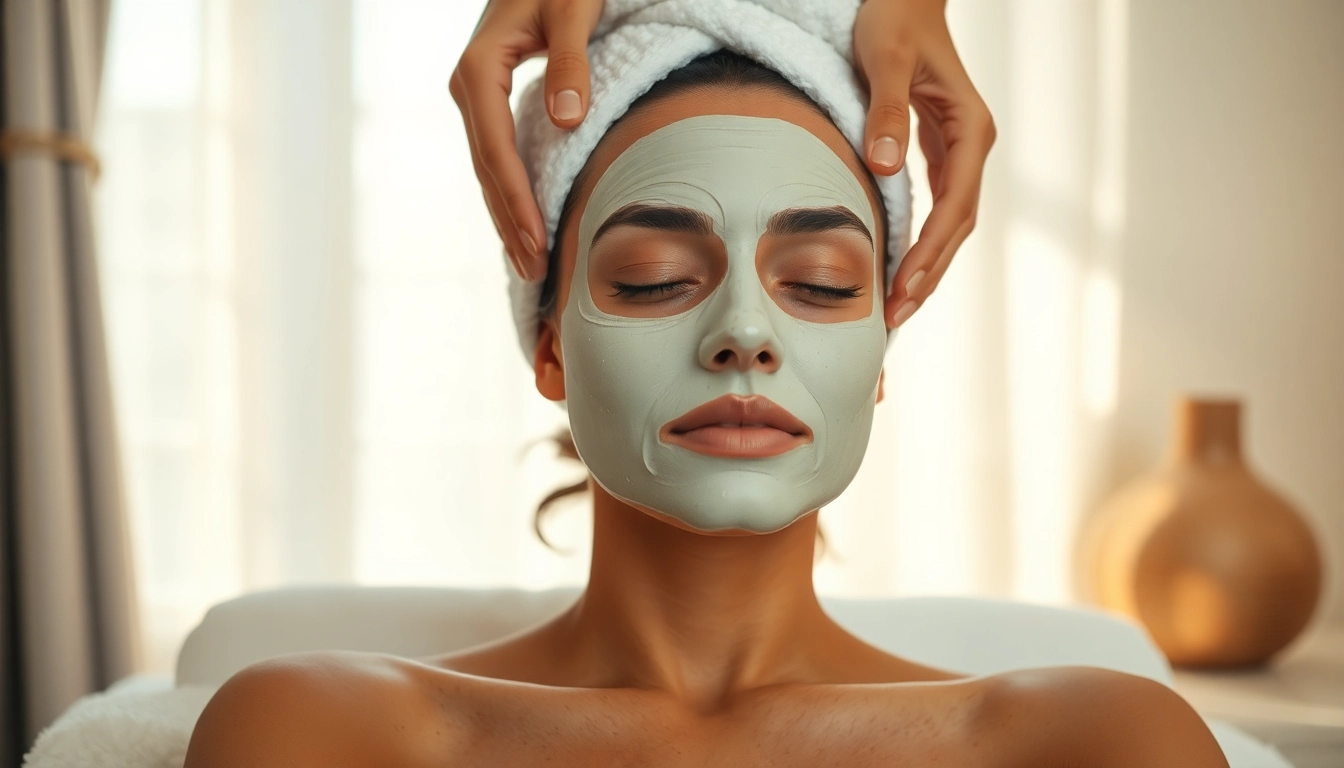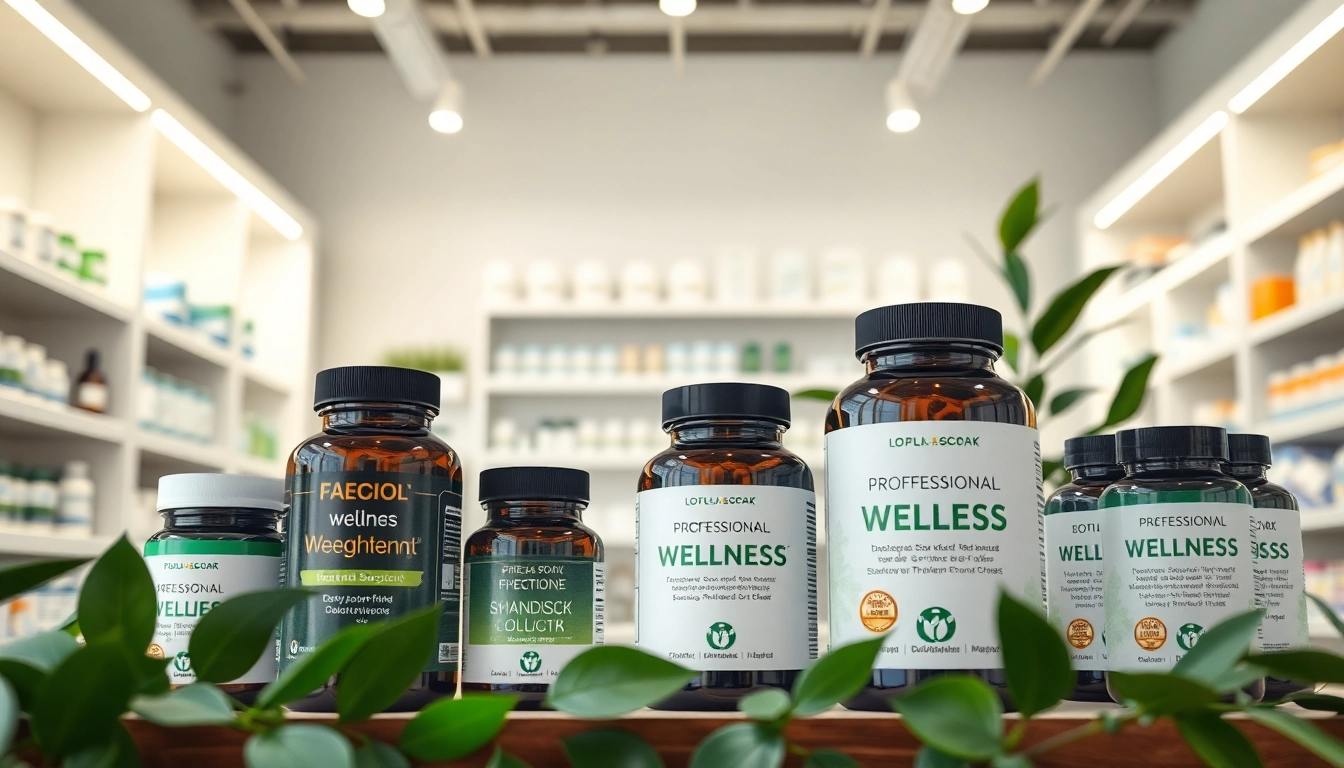Understanding the Benefits of Facial Masks
In the world of skincare, facial masks have emerged as a versatile and essential tool for revitalizing the skin. These products offer myriad benefits, making them a popular choice for skincare enthusiasts and professionals alike. From hydrating and detoxifying to brightening and refining pores, facial masks cater to various skin types and concerns. But why should one consider incorporating facial masks into their regular skincare routine?
Why Choose a Facial Mask?
Facial masks provide a concentrated dose of active ingredients that can enhance skin health significantly. Unlike regular creams and serums that are applied daily, masks are typically formulated with higher concentrations of beneficial compounds, allowing them to deliver powerful results within a short duration. Masks offer several advantages:
- Intensive Care: Perfect for a quick skin boost, facial masks can improve texture, tone, and overall complexion.
- Relaxation and Self-Care: The application process encourages a moment of pampering, promoting relaxation and stress relief.
- Variety of Formulations: With options for every skin type and concern, there’s a mask for everyone, whether you’re combating dryness, oiliness, aging or acne.
Different Types of Facial Masks
The marketplace is saturated with varying types of facial masks, each designed to target specific skin needs. Familiarizing yourself with these options can help you select the most suitable one:
- Clay Masks: Ideal for oily and acne-prone skin, clay masks draw out impurities and excess oil.
- Cream Masks: Hydrating and nourishing, cream masks work wonders for dry and sensitive skin.
- Sheet Masks: Infused with serums, sheet masks are a convenient option to hydrate and brighten the skin.
- Peel-Off Masks: These masks help remove dead skin cells and unclog pores, leaving the skin smooth.
- Overnight Masks: Designed to be left on while you sleep, these masks provide intense hydration and nourishment.
Targeting Skin Concerns with Facial Masks
Whether you deal with dryness, sagging skin, or hyperpigmentation, there is a mask tailored to address your specific concern:
- Acne Treatment: Look for masks containing salicylic acid or tea tree oil to combat breakouts.
- Anti-Aging: Masks enriched with collagen, retinol, or peptides can help reduce the appearance of fine lines.
- Radiance Boosting: Ingredients like vitamin C and glycolic acid can brighten the complexion and reduce dark spots.
How to Apply Facial Masks Effectively
The effectiveness of a facial mask is not solely determined by its ingredients but also by how you apply it. A proper application technique can enhance the benefits, ensuring you reap all the rewards.
Step-by-Step Application Guide
Applying a facial mask is a straightforward process when done step by step:
- Cleanse the Skin: Start with a gentle cleanser to remove makeup, dirt, and oils from your skin.
- Exfoliate: If needed, exfoliate your skin to remove dead cells and promote better mask penetration.
- Apply the Mask: Use your fingers or a brush to apply the mask evenly, avoiding the areas around your eyes and mouth.
- Relax: Allow the mask to sit based on the instructions, typically between 10 to 30 minutes.
- Rinse Off: Use lukewarm water to remove the mask gently, followed by a splash of cold water to close the pores.
- Moisturize: Seal in the benefits with a moisturizer suited to your skin type.
Preparing Your Skin for a Facial Mask
Preparation is key for maximizing the benefits of your facial mask. To ensure your skin is ready:
- Patch Test: Conduct a patch test to check for any allergic reactions or sensitivities.
- Steam Your Face: Steaming helps open pores, making it easier for the mask to penetrate deeply.
- Hydrate: Drink plenty of water to keep skin hydrated from within.
Common Mistakes to Avoid
Even with a great product, certain mistakes can undermine your efforts:
- Overusing Masks: Applying masks too frequently can disrupt the skin barrier. Follow recommended usage.
- Ignoring Skin Type: Using a mask not suited for your skin type can lead to adverse reactions.
- Skipping Moisturizer: Not applying moisturizer post-mask can leave your skin feeling tight or dry.
Choosing the Right Facial Mask for Your Skin Type
Understanding your skin type can vastly improve your experience with facial masks. Different skin types have unique needs that must be met for optimal results.
Oily vs. Dry Skin: Mask Recommendations
Identifying your skin type is the first step in selecting a mask:
- Oily Skin: Look for clay or charcoal masks that help absorb excess oil and prevent breakouts.
- Dry Skin: Cream or hydrating masks infused with ingredients like hyaluronic acid and glycerin provide needed moisture.
- Combination Skin: Gel or balancing masks can help address both oily and dry areas.
- Sensitive Skin: Opt for fragrance-free, soothing masks with calming ingredients like aloe vera or chamomile.
Ingredient Insights: What to Look For
Being ingredient-savvy can empower your skincare choices. Here are some key ingredients to consider:
- Peptides: Great for anti-aging, peptides help stimulate collagen production.
- AHA/BHA: Exfoliating acids that can improve texture and clarity.
- Antioxidants: Ingredients like vitamin C, E, and green tea protect against environmental damage.
Seasonal Adjustments for Facial Mask Use
The needs of your skin can change with the seasons, affecting your mask choices:
- Winter: Hydrating masks are essential to combat dry air and protect the skin barrier.
- Summer: Lightweight, mattifying masks help control oil and shine.
- Transition Seasons: Use masks that maintain hydration while preparing your skin for changing climates.
Facial Masks in Skincare Routines
Integrating facial masks into your routine effectively can help you achieve desired skin goals without overwhelming your regimen.
Integrating Masks into Daily Care
Facial masks should complement your existing skincare routine rather than replace it:
- Weekly Treat: Incorporate a mask into your weekly self-care schedule to maintain skin’s health.
- Pre-Event Boost: Use a revitalizing mask the night before an event for a radiant look.
- Post-Workout Care: After exercise, a purifying mask can help remove sweat and impurities from the skin.
Combining Masks with Other Products
Facial masks can work synergistically with other skincare products:
- Layering: Consider a gentle exfoliant prior to using a mask for enhanced penetration of active ingredients.
- Follow-Up Products: Pair your mask with serums and moisturizers that complement the mask’s effects.
Frequency of Use for Optimal Results
Knowing when and how often to use masks is pivotal:
- Normal Skin: Once or twice a week is usually ideal.
- Oily Skin: Might benefit from more frequent applications, around two to three times a week.
- Dry or Sensitive Skin: Should limit use to once a week to avoid irritation.
Exploring DIY Facial Mask Recipes
Home-made masks can be a fun and beneficial addition to your skincare routine. Crafting your own mask allows you to control ingredients, ensuring they cater to your skin needs.
Simple Recipes for Glowing Skin
Here are a few easy-to-make DIY facial masks:
- Honey and Oatmeal Mask: Combine equal parts honey and finely ground oatmeal for a soothing, hydrating mask.
- Avocado Mask: Mash half an avocado, mixing it with a tablespoon of honey for deep nourishment.
- Yogurt and Turmeric Mask: Mix yogurt with a pinch of turmeric for a brightening and clarifying mask.
Natural Ingredients to Try
Using natural ingredients not only promotes skin health but also limits exposure to chemicals. Some ingredients to consider include:
- Aloe Vera: Known for its hydrating and soothing properties.
- Coconut Oil: This can act as a base for moisturizing masks.
- Green Tea: Rich in antioxidants, it can be brewed and applied as a mask for protective benefits.
Sourcing Materials Safely
When creating your DIY masks, always source high-quality, organic ingredients whenever possible. Ensure that the produce is fresh and free from pesticides. Purchasing from trusted organic suppliers can help ensure safety and effectiveness. If you have specific allergies, be vigilant in avoiding those ingredients even in organic forms.



